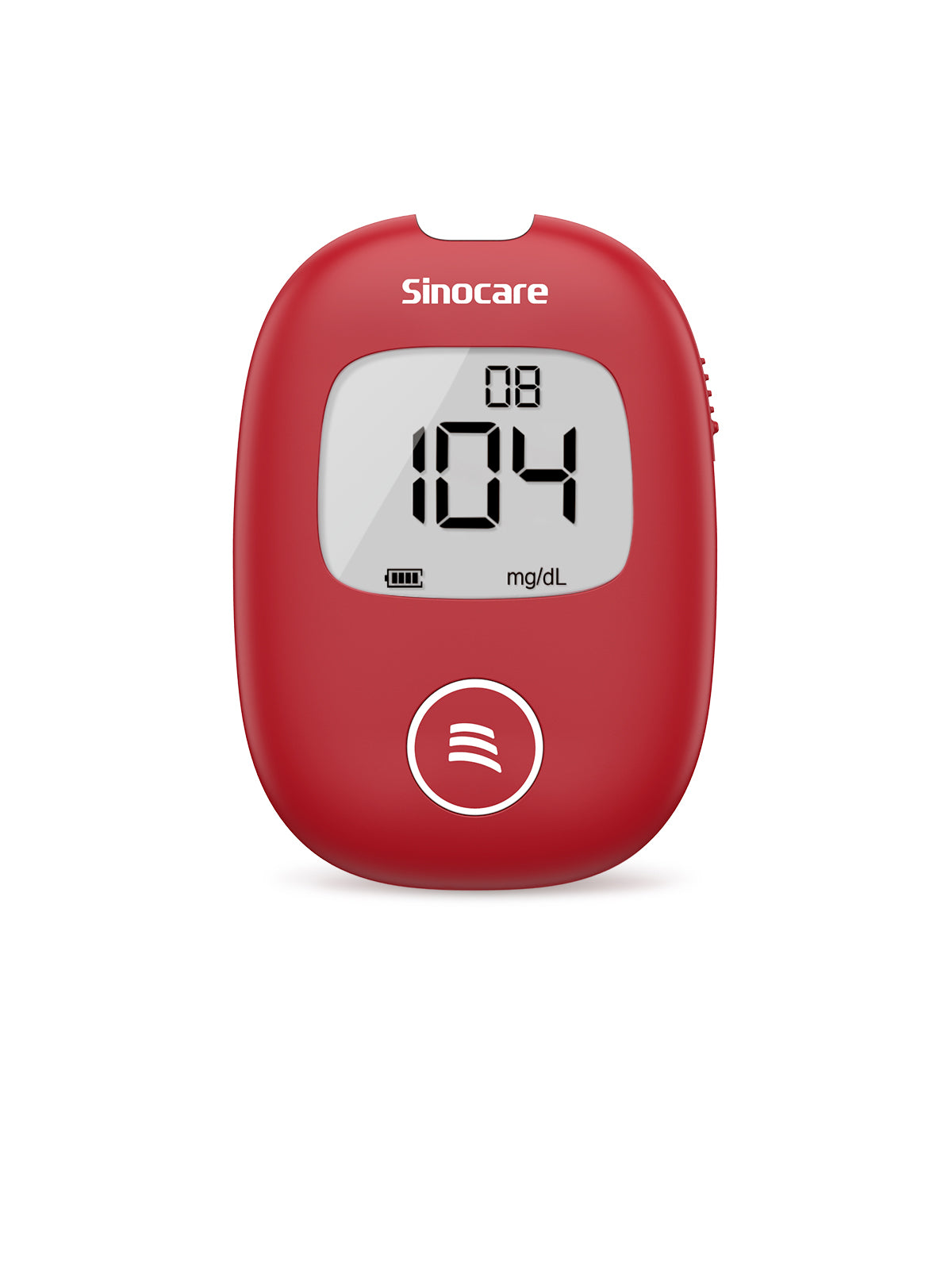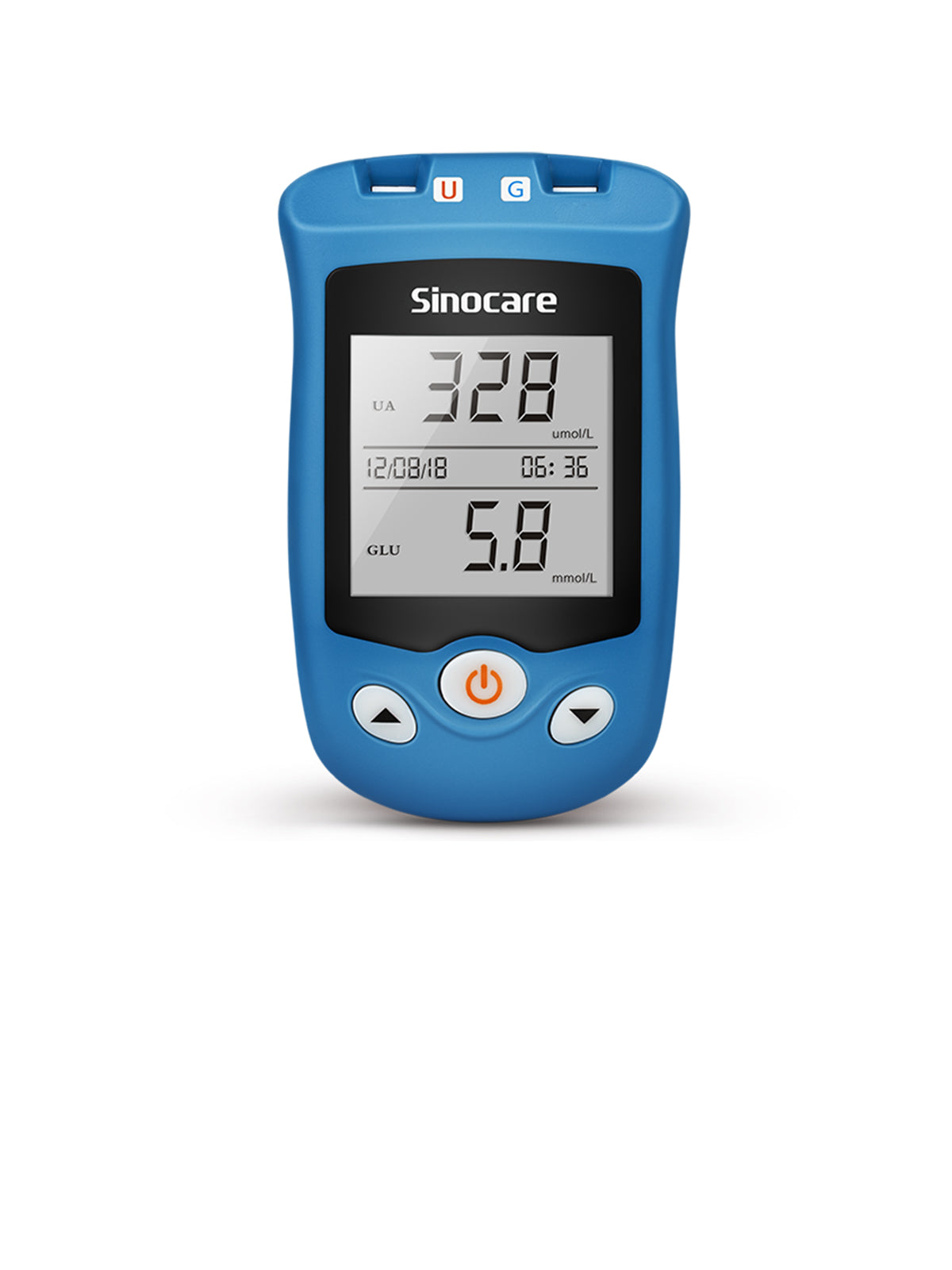For people with diabetes, scientifically sound exercise helps control blood sugar. Please remember the exercise mantra 1-3-5-7-9. "1" means exercise 1 hour after a meal; "3" means each exercise session lasts at least 30 minutes; "5" means ensuring at least 5 days of exercise per week; "7" means keeping the heart rate between "170 minus age" during exercise; "9" means maintaining long-term exercise habits.
Most convenient exercise - walking
Walking is one of the simplest and most accessible forms of exercise, requiring no equipment and can be done anytime, anywhere. For individuals with diabetes, committing to a 30-minute walk every day can significantly aid in blood sugar control. Recommended pace: brisk walking (at least 120 steps per minute).
Tips: Maintain a forward gaze, keep your chest slightly lifted, regulate your breathing, and walk with ease and joy. You can even clap your hands while walking, which helps engage the muscles in your upper body.

Indispensable exercise - resistance training
Both aerobic exercise and resistance training are excellent choices for individuals with diabetes, especially for those struggling with poor blood sugar control. It's recommended to engage in resistance training at least twice a week. Recommended exercises include dumbbell workouts, sit-ups, and planks. Here are some things to keep in mind: Aim for 2-3 resistance training sessions per week, each lasting 30 minutes. Allow at least 48 hours between sessions to allow muscles to recover and strengthen.
The ideal exercise for diabetics - racket sports
People with diabetes are at high risk of cardiovascular diseases. Engaging in racket sports like badminton can help reduce the risk of cardiovascular disease-related mortality. Recommended sports include badminton, tennis, and table tennis.
Tips: Ensure the sports venue is flat and obstacle-free. Be mindful of your surroundings, especially when backing up to hit the ball, to avoid colliding with walls or barriers. Before exercising, warm up your joints, including the neck, shoulders, knees, and ankles, and then stretch muscles such as the waist and abdominal muscles.

Preventing falls - flexibility training
For individuals with diabetes aiming to prevent falls, incorporating flexibility training into their daily routine can enhance neuromuscular coordination. Recommended exercises include elastic bands, resistance bands, and yoga.
Tips: Aim for 2-3 days of flexibility training per week for optimal results. Stretch until you feel a mild tension or slight discomfort. Hold each stretch for 10-30 seconds, with a total duration of 60 seconds for each flexibility exercise.
Underrated exercise - household chores
To avoid prolonged sitting, individuals with diabetes should engage in any form of physical activity as it contributes to overall health. While household chores may not be considered formal exercise, the energy expenditure involved should not be underestimated. Recommended activities include cooking, dishwashing, and cleaning.
Final thoughts
Incorporating the 1-3-5-7-9 exercise mantra into your routine and embracing a variety of physical activities tailored to your needs can unlock the path to both fitness and blood sugar mastery for individuals with diabetes. By prioritizing regular exercise and staying committed to long-term habits, you empower yourself to take control of your health and thrive despite the challenges of diabetes.










Laisser un commentaire
Tous les commentaires sont modérés avant d'être publiés.
Ce site est protégé par hCaptcha, et la Politique de confidentialité et les Conditions de service de hCaptcha s’appliquent.